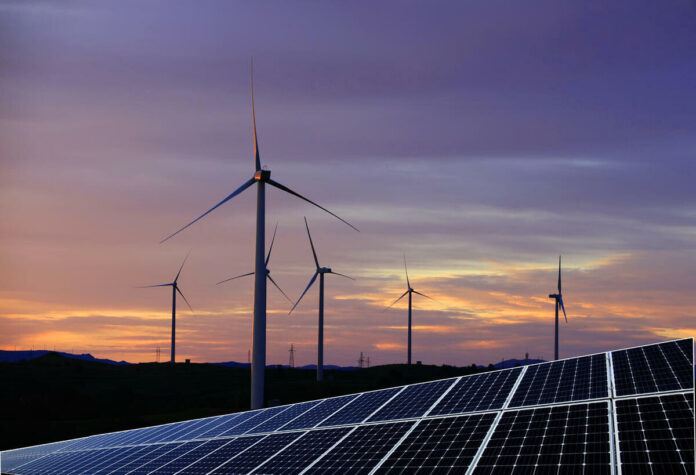What are the top energy technologies when fossil fuel demand peaks towards the end of the decade and clean energy deployment accelerates?
Despite current lockdowns, strong market trends are pushing the acceleration of the energy shift, and while there may have been some reduction in energy usage during the epidemic, according to Filippo Gaddo, head of energy economics at Arup, electricity demand will return this year. A growing portion of that will come from renewable sources.
Renewable energy will add more than 200GW of capacity globally by 2021, with solar continuing to contribute the most, but wind contributing the most aggressive increase in terms of both electricity delivered and investment. The virtuous cycle required for integrated renewable energy scale-up will be aided by cost. Renewable energy prices are likely to continue to drop. “Starting in 2021, we estimate solar PV [photovoltaic] and onshore wind costs to reduce a further 30% by 2030, and offshore wind costs to fall an additional 50%,” says Diego Daz Pilas, Iberdrola’s head of new ventures and technologies.
There are a few technological fields that could have a big impact in 2021. Many of them are interconnected, and we’ll go over them all in greater depth in the future. For the time being, however, these are the technologies that are transforming the energy market.
Solar
After a year of fluctuating demand, IHS Markit predicts that annual solar installations will increase by more than 30% in 2021. Given recent efficiency advancements, perovskite has high expectations, although it may take some time before it is fully commercialised. The growth of floating solar is one to monitor because it helps solar dodge the land/energy argument, but the major focus is going to be on sectoral integration.
Wind
The size of turbines will continue to increase, and floating wind will open up new areas for offshore development (up to 10 times current availability), with the first commercial floating capacity auction planned this year. With the introduction of an Orsted-run consortium to look at recycling across the supply chain, sustainability will be a significant priority as the sector studies ways to recycle blades.
Storage
The market is predicted to be driven by falling lithium battery prices, sectorial integration (as with solar+storage), increase in green hydrogen, and the continuous roll-out of gigafactories. “Investment in large-scale battery storage facilities will naturally follow in order to support the expansion in wind and solar energy output,” says Chris Holmes, co-lead investment adviser at the John Laing Environmental Fund. Value-stacking, in which storage has the capacity to perform various energy services at the same time. Such as frequency regulation, load balancing, and wider grid management services, is where storage will be transformative.
Digitisation
The development of adequate infrastructure is critical to the creation of a grid. That is resilient, versatile, and long-lasting. However, if we are to realise the goal of smart, clean cities, we will need more effective protection, control, automation, and communication systems – not just to manage the grid. But also all the various gadgets that are connected to it.
AI
As the grid becomes smarter, AI solutions to handle the complexity of operations will become more in demand. This will allow for more environmentally friendly operations. When it comes to solar and wind array maintenance. It might also play a key role in the corporate energy market, allowing businesses to reduce energy use and even promote emissions reductions. By controlling a dynamic network of energy sources. This could help not just with cost control. But also with the carbon footprint of energy sources.
Hydrogen
The hydrogen business has gone through numerous popularity cycles, but many observers believe. That this time is different, and that serious change is on the way. Whether it’s the UK’s 10-point hydrogen strategy or the adoption of solar PV, wind, batteries, and electric vehicles. We’re ready for the next step.
Capture And Storage Of Co2
Many ideas for a net-zero future include carbon capture, and governments are restarting construction ambitions. The UK government has included CCS in its green 10 point plan and declared that by 2030. At least one power CCUS (carbon capture, utilisation, and storage) plant will be operational. Meanwhile, Elon Musk has announced a $100 million competition in the United States to identify the greatest carbon capture systems.






